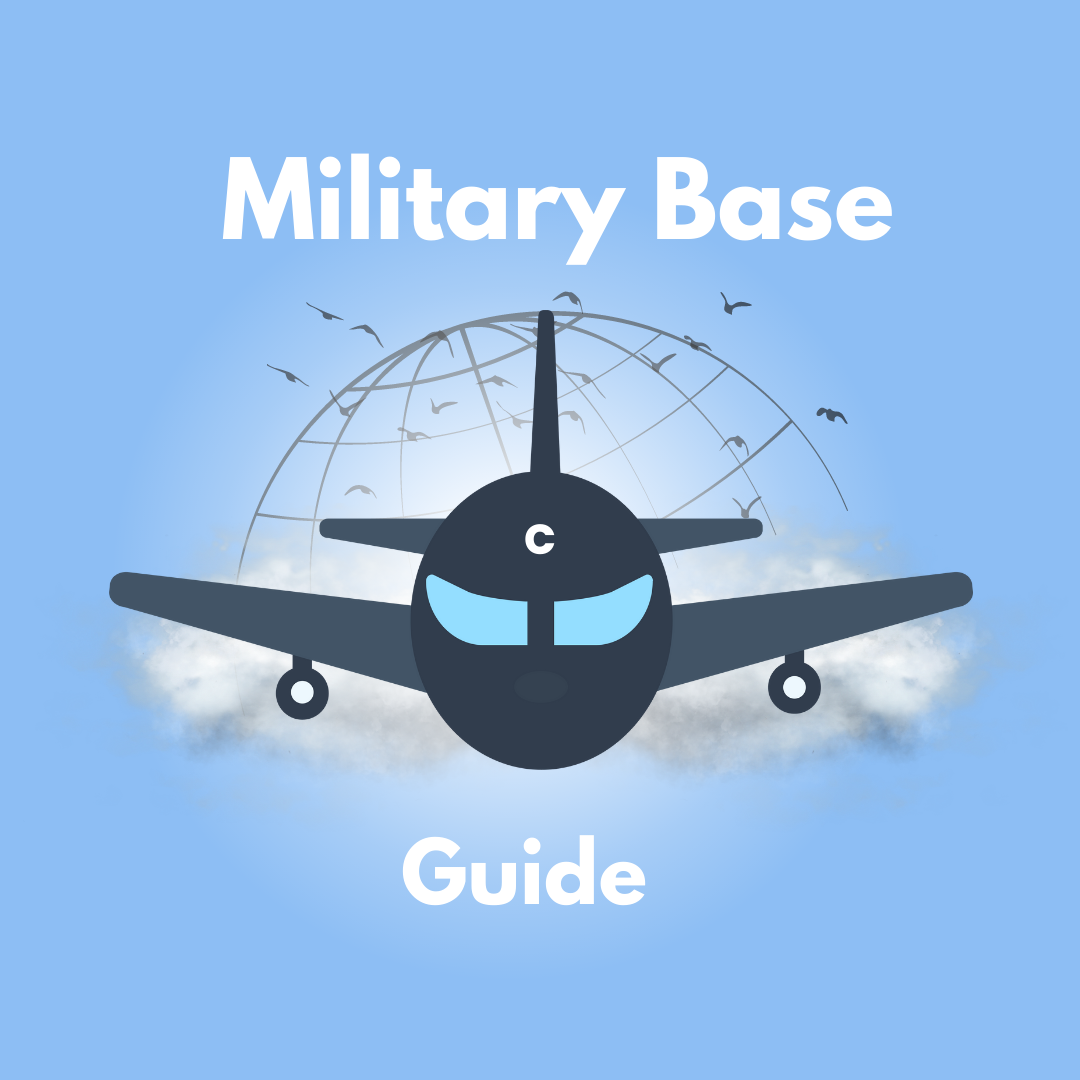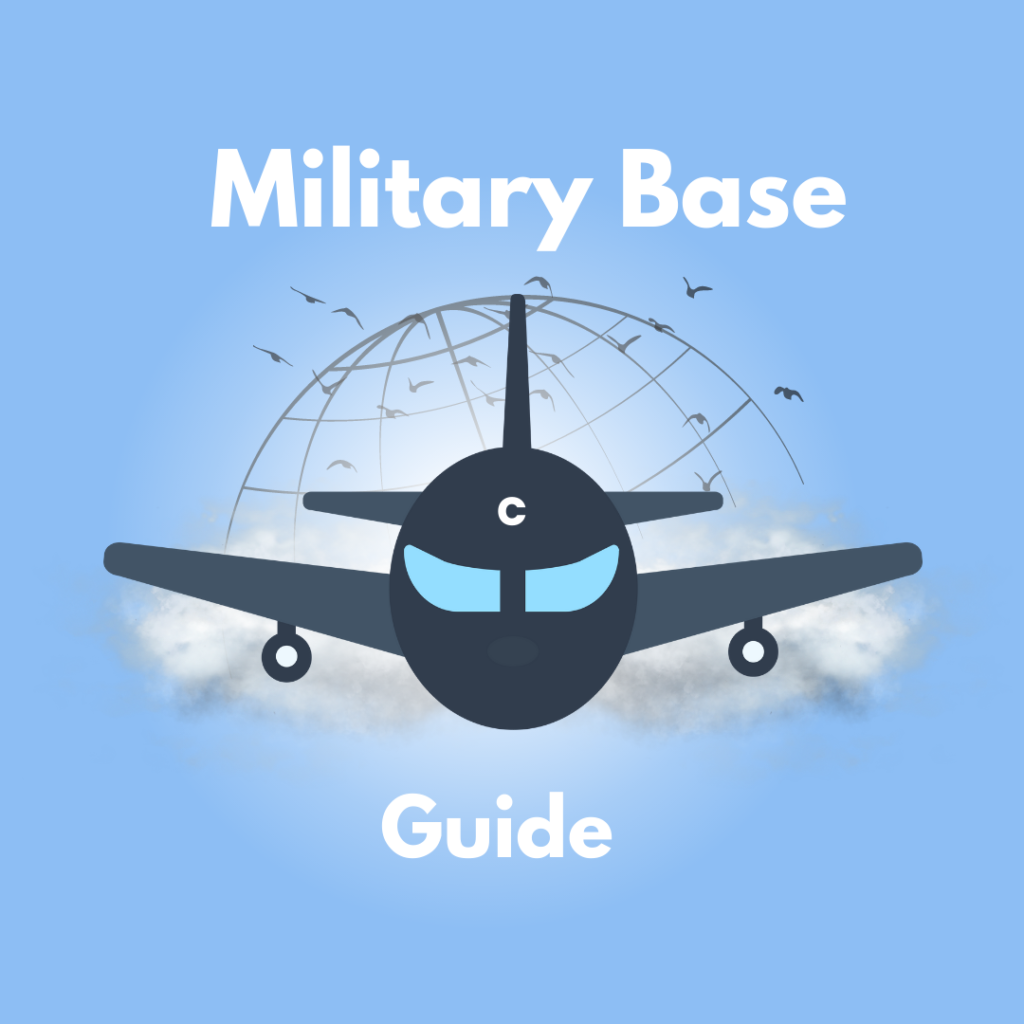MacDill Air Force Base (AFB) is a name that resonates with both military personnel and aviation enthusiasts. Situated on the southeastern coast of Tampa Bay in Florida, MacDill AFB has a rich history that dates back to its founding in 1939. Over the years, it has evolved into a key establishment, playing a critical role in national defense. Today, it stands as a testament to the resilience and strength of the United States Air Force.
MacDill AFB owes its existence to the foresight and strategic planning of military leaders in the late 1930s. With the looming threat of another world war, the United States recognized the need for improved coastal defenses. In response, the War Department identified Tampa as an ideal location for an Army Air Corps base due to its favorable climate and access to the shipping routes of the Gulf of Mexico.
Construction on the new facility began in April 1939, and the base was initially named Southeast Air Base due to its location in the southeastern United States. However, it was later renamed MacDill Field in honor of Colonel Leslie MacDill, a pioneering aviator who tragically lost his life in a plane crash.
During World War II, MacDill Field served as a major hub for army and aerial combat training. Thousands of military personnel passed through its gates for instruction in navigation, bombing techniques, and aerial gunnery. It was also the primary base for the B-17 Flying Fortress, a legendary bomber that played a vital role in the war effort. MacDill Field’s contribution to the war effort cannot be overstated, as it provided a crucial training ground for the brave men who would soon be facing the enemy on the front lines.
Following the end of World War II, MacDill Field’s role shifted towards reconnaissance and strategic operations. The base became home to the newly formed Strategic Air Command (SAC), responsible for the nation’s long-range bombing capabilities. The advent of the Cold War led to increased investment in military infrastructure, with MacDill Field undergoing significant expansion during this period.
In 1961, MacDill Field officially became MacDill Air Force Base, reflecting its enhanced standing and expanding role within the United States Air Force. It continued to be a vital base during the Vietnam War, providing logistical support for military operations in Southeast Asia. Throughout the conflict, MacDill AFB handled massive amounts of supplies, ammunition, and personnel that were sent overseas to support American forces.
In recent years, MacDill AFB has played a crucial role in Operation Enduring Freedom and Operation Iraqi Freedom. It has served as a command center for U.S. Central Command (CENTCOM), responsible for overseeing military operations in the Middle East. Additionally, it serves as the headquarters for the 6th Air Mobility Wing and the 927th Air Refueling Wing, ensuring that the United States remains prepared and ready to deploy air power whenever needed.
Beyond its military significance, MacDill AFB also contributes to the local community. It is one of the largest employers in the Tampa Bay area, with thousands of military personnel and civilian staff calling it their workplace. The base also hosts various events and air shows, showcasing its outstanding aerial capabilities to the public.
As MacDill AFB continues to evolve and adapt to the ever-changing demands of national defense, its legacy remains firmly etched in the annals of military history. From its humble beginnings as Southeast Air Base to its pivotal role in preparing personnel for conflict and serving as a strategic base in multiple wars, MacDill AFB’s founding and legacy reflect the immense contributions it has made to the United States Air Force and the nation as a whole.




